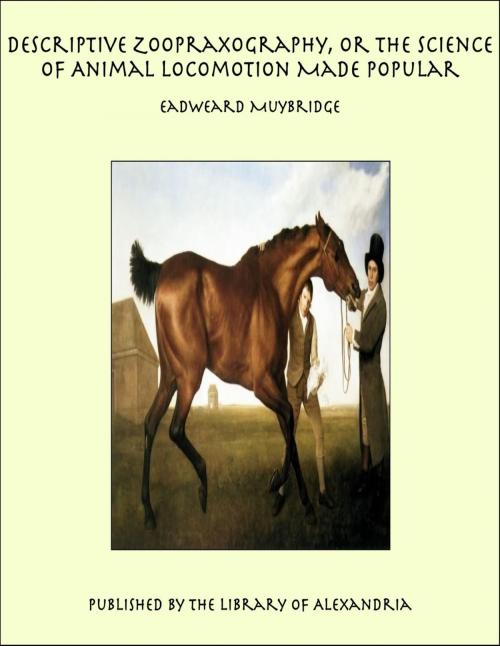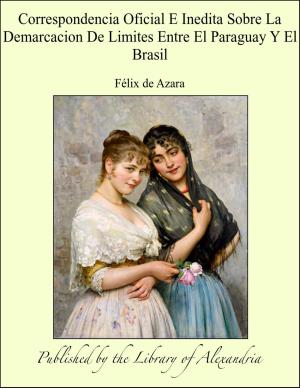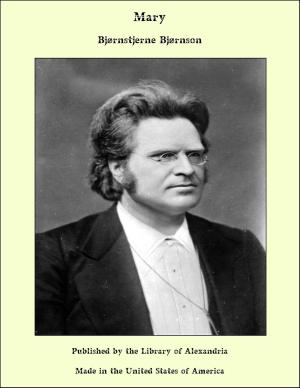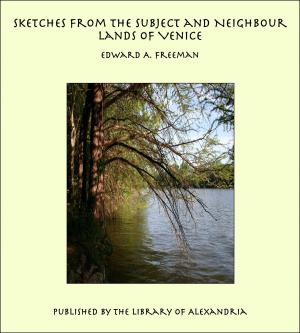Descriptive Zoopraxography, or the Science of Animal Locomotion Made Popular
Nonfiction, Religion & Spirituality, New Age, History, Fiction & Literature| Author: | Eadweard Muybridge | ISBN: | 9781465542977 |
| Publisher: | Library of Alexandria | Publication: | March 8, 2015 |
| Imprint: | Language: | English |
| Author: | Eadweard Muybridge |
| ISBN: | 9781465542977 |
| Publisher: | Library of Alexandria |
| Publication: | March 8, 2015 |
| Imprint: | |
| Language: | English |
In the summer of 1892 while the Author was in California, preparing for a Lecturing tour through Australia and India, he received an invitation from the Fine Arts Commission of the World's Columbian Exposition to give a series of Lectures on Zoopraxography in association with the Exposition now being held in Chicago. As these Lectures under the more familiar title of "The Science of Animal Locomotion in Its Relation to Design in Art" had already been given at nearly all the principal Institutions of Art, Science and Education in Europe and in the United States, (see appendix A) the Author was induced to believe that they might be repeated in a popular manner at the Exposition, with some appreciation of the importance of the facts which his investigation has revealed, not merely by the student of Nature or of Art, but by that large and important class of students, known as the general public. Under this impression he delayed his far Occidental expedition and returned to Chicago to find a commodious theater erected for this special purpose on the grounds of the Exposition, to which the name of Zoöpraxographical Hall had been given; the Science of Zoöpraxography having had its origin in the Author's first experiments in 1872. It is not intended in this monograph to give more than a synopsis of the usual course of Lectures on the subject, nor to reproduce any of the pictured or sculptured representations which are necessary for its proper elucidation, but merely to describe the common methods of limb action adopted by quadrupeds—especially by the horse—in their various acts of progressive motion, and to illustrate the most important phases of these movements by tracings from the original photogravures of the Author's work. In the presentation of a Lecture on Zoöpraxography the course usually adopted is to project, much larger than the size of life upon a screen, a series of the most important phases of some act of animal motion—the stride of a horse, while galloping for example—which are analytically described. These successive phases are then combined in the Zoöpraxiscope, which is set in motion, and a reproduction of the original movements of life is distinctly visible to the audience
In the summer of 1892 while the Author was in California, preparing for a Lecturing tour through Australia and India, he received an invitation from the Fine Arts Commission of the World's Columbian Exposition to give a series of Lectures on Zoopraxography in association with the Exposition now being held in Chicago. As these Lectures under the more familiar title of "The Science of Animal Locomotion in Its Relation to Design in Art" had already been given at nearly all the principal Institutions of Art, Science and Education in Europe and in the United States, (see appendix A) the Author was induced to believe that they might be repeated in a popular manner at the Exposition, with some appreciation of the importance of the facts which his investigation has revealed, not merely by the student of Nature or of Art, but by that large and important class of students, known as the general public. Under this impression he delayed his far Occidental expedition and returned to Chicago to find a commodious theater erected for this special purpose on the grounds of the Exposition, to which the name of Zoöpraxographical Hall had been given; the Science of Zoöpraxography having had its origin in the Author's first experiments in 1872. It is not intended in this monograph to give more than a synopsis of the usual course of Lectures on the subject, nor to reproduce any of the pictured or sculptured representations which are necessary for its proper elucidation, but merely to describe the common methods of limb action adopted by quadrupeds—especially by the horse—in their various acts of progressive motion, and to illustrate the most important phases of these movements by tracings from the original photogravures of the Author's work. In the presentation of a Lecture on Zoöpraxography the course usually adopted is to project, much larger than the size of life upon a screen, a series of the most important phases of some act of animal motion—the stride of a horse, while galloping for example—which are analytically described. These successive phases are then combined in the Zoöpraxiscope, which is set in motion, and a reproduction of the original movements of life is distinctly visible to the audience















